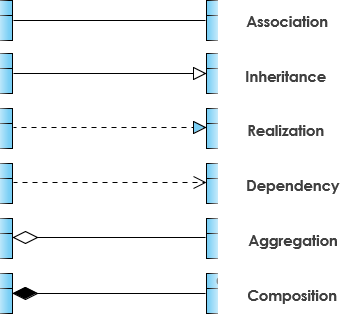


The behavior view and the interaction view are merged in our dynamic view. The structure view corresponds to our static view. For example, some people prefer working with a structure view, a behavior view and a interaction view. If you're looking for some presentations of UML on your favorite Google, you will find some other ways to classify UML diagrams. I would like add an optional third view called physical view. UML diagrams can be categorized in two main views : It's probably the thing you must understand first.
#Unified modeling language tutorial how to
The following informations are very important to understand how to use UML. It will just help you to describe it, to communicate over it, to clarify its features. So, UML will not help you to organize your project.

It can also be very precise and helps to avoid ambiguities when you define your system. It's an efficient way to communicate between programmers and end users. UML is powerfull because these diagrams are always very friendly. This is a graphical language composed by 13 diagrams (UML 2.0). UML was born in the middle 90's by merging three methods : OMT, Booch and OOSE. It's a language invented to help to communicate upon object programming concepts that are not intuitive. UML is the acronym of Unified Modeling Language. Don't expect some precise informations : I tried to produce an effective text. If a few words, I will try to introduce what is UML and (I hope) why you should use UML. If you're looking for some informations about UML, you're on the right page.


 0 kommentar(er)
0 kommentar(er)
